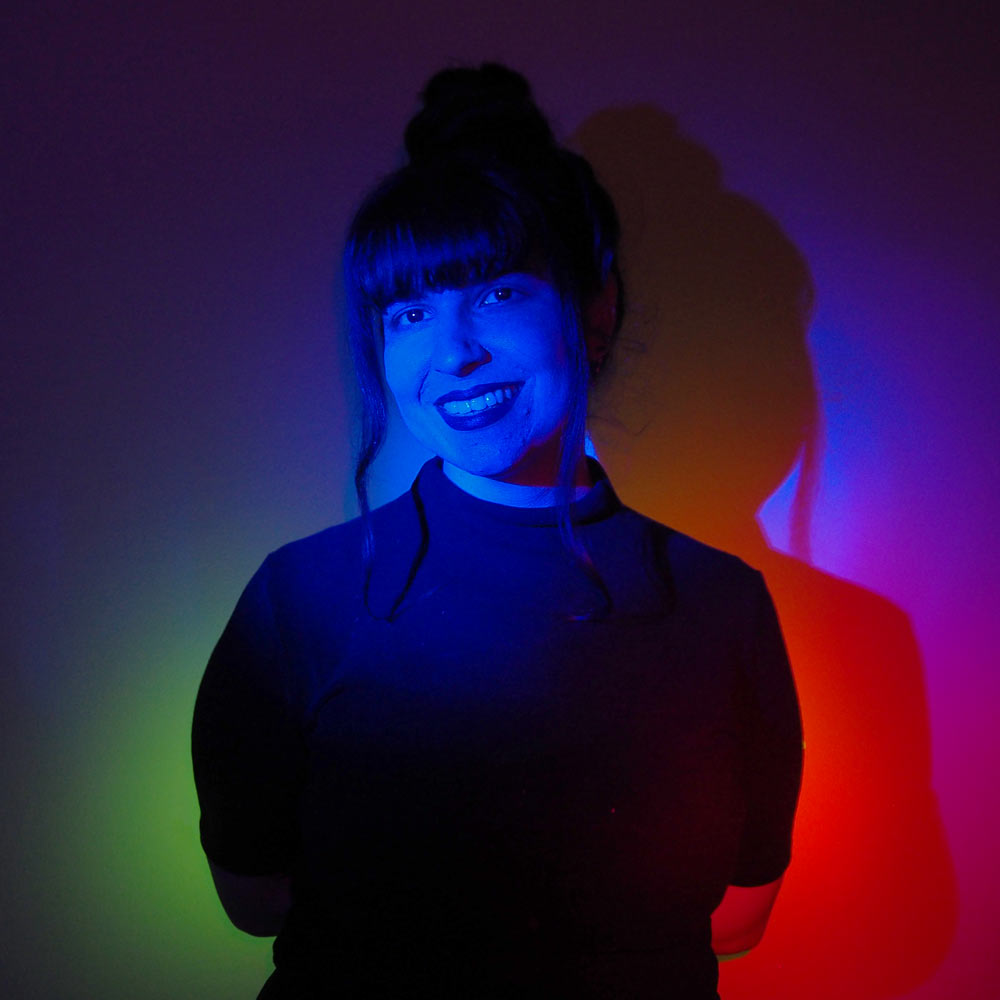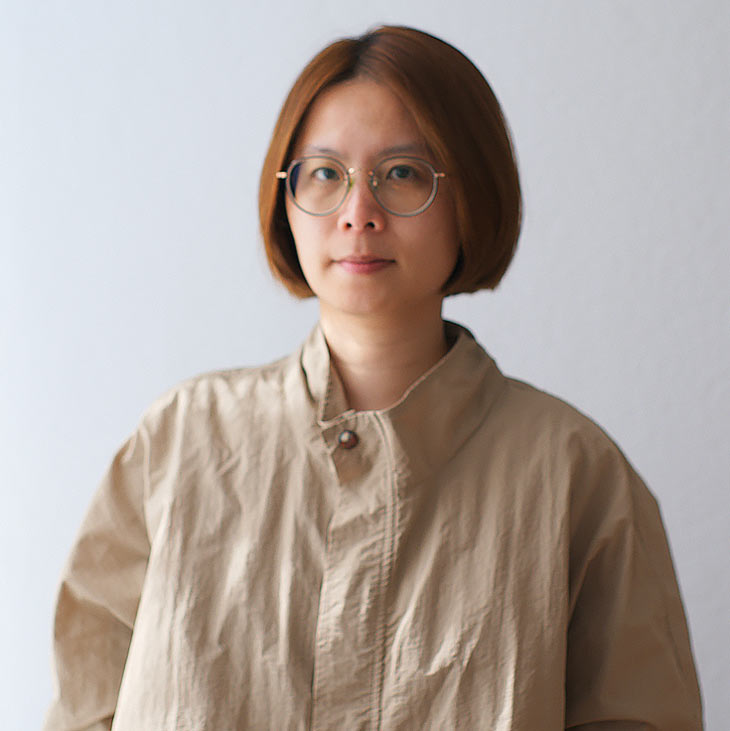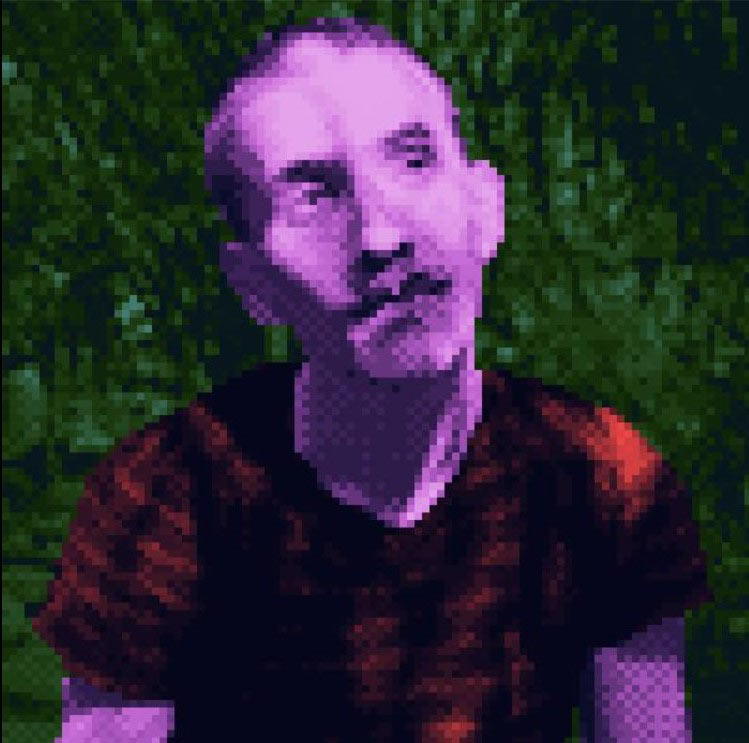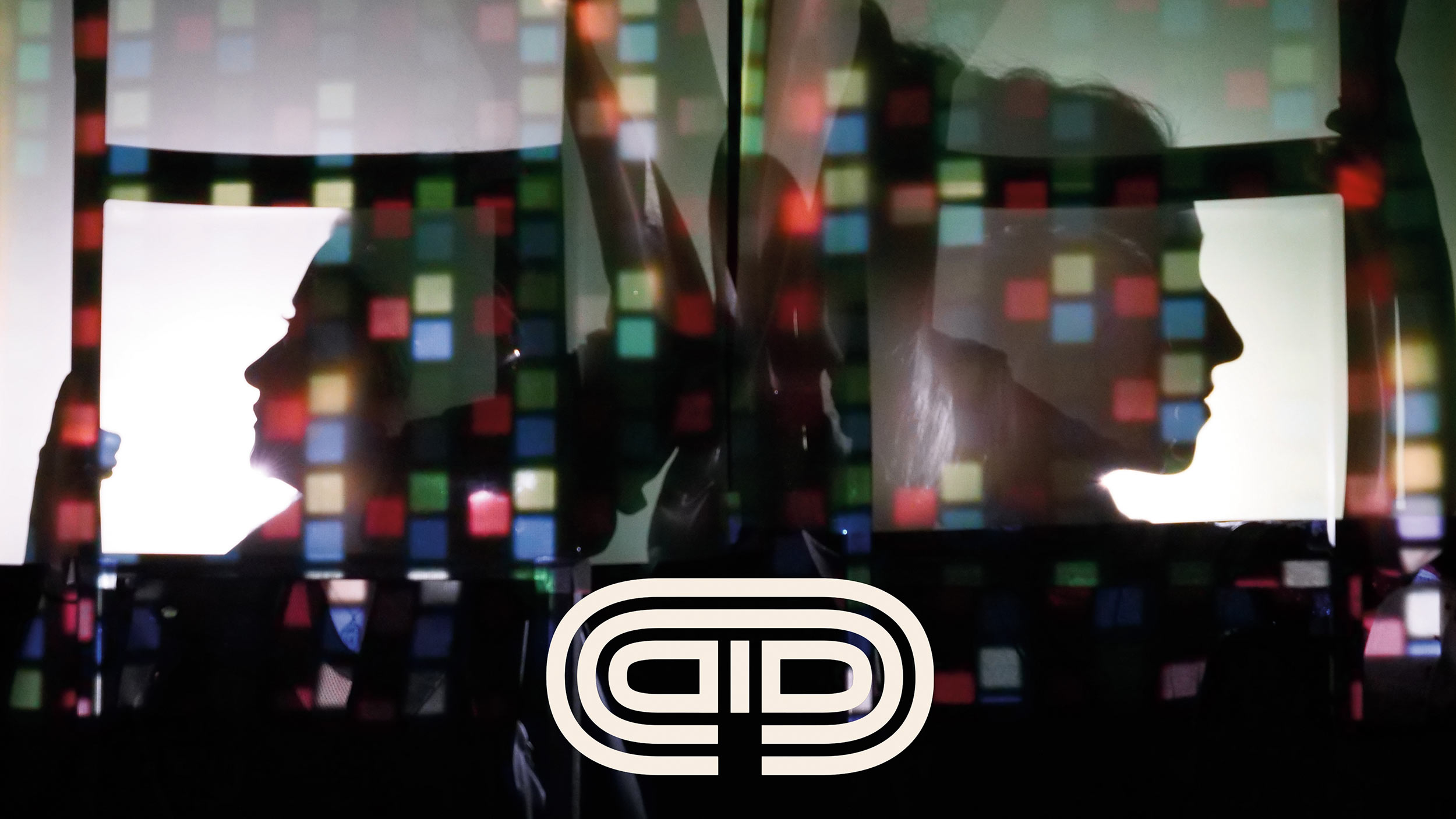You are invited to step into a world of play, interactivity and uncertainty. Observe, follow or collaborate with your fellow participants to navigate your way through alternative realities. Interchange roles and actively engage in a play of surveillance and manipulation.
Department of Interfaced Dimensions (D.I.D) is an interactive, mixed reality experience that combines game mechanics with virtual worlds and the materiality of kinetic props to explore themes of identity, agency and control.
This project was developed in the context of a hybrid residency at V2_ Lab for the Unstable Media in Rotterdam. Seven artists were invited to jointly explore contemporary topics such as Virtual, Augmented and Mixed Reality, Artificial Intelligence and Machine Consciousness, Data Privacy and Surveillance, Simulation Theory, Existential Risk and Future of Humanity as they are raised in the 1964 SciFi-novel Simulacron-3. The group reflected on the creation of XR experiences with a strong creative and artistic component to create a collective experience that, in its core, considers the concepts of human interaction, group dynamics and empathy. The outcome of the residency, which utilized open source tools and offered guidance from experts, is Department of Interfaced Dimensions (D.I.D).
Bios
-
 Photo: Mathia Coco
Photo: Mathia CocoAnnika Boll
DE
Annika Boll is a German digital artist, working in game design, 3D software and animation. After having studied Cultural Anthropology in Germany and India, she moved to France and graduated in Fine Arts at the Villa Arson Nice.
She has developed methods of archiving real-life materials through meticulous 3D scanning, followed by their reanimation as ghostly representations within unreal nature scenes. Through 3D scanning, texture generation and walking, Annika sketches out exploratory walking simulators that explore the connections between material texture and walking as a method. Her interest lies in understanding the circulation of spectatorship, specifically how 3D technologies aid in the presentation of new perspectives in looking, navigating and appreciating the nuances of reality and simulation. She uses playfulness as a resource through which topics can be approached.
Recently Annika has been artist-in-residency at Centre Culturel Prince Héréditaire Jacques de Monaco, Beausoleil, at Atelier Panormos, Palermo and at Het Nieuwe Instituut, Rotterdam.
-
 Photo: Eirini Lampiri
Photo: Eirini LampiriEirini Lampiri
GR
Eirini Lampiri is a Greek interdisciplinary creative director, producer and practice-based researcher based in Bristol, UK. Eirini has a background in film, performance, installation and immersive experiences (XR, MR, VR, AR). She is passionate about exploring different ways in which materiality and virtuality can co-exist, integrating physical elements and bodily interactions into virtual spaces, creating thought-provoking, multi-sensory experiences that bridge the two worlds.Eirini’s creative practice is centered around co-design with fellow creatives and marginalized communities, while her skepticism about the design and use of new technologies drives her efforts to shape a more inclusive, thought-provoking, and responsible digital future. Eirini is a long-term resident at the Pervasive Media Studio in Watershed, Bristol, and an advisory board member of the MyWorld initiative to boost the immersive sector in the South West of England.Eirini has been nominated for the TechSPARKS “Best Use of XR” award for two consecutive years (2023 and 2022) with her projects Is This My Body? and Cognition. Her work has been showcased at various festivals and venues including Emerge:Immerse showcase at Arnolfini, Bristol (2021), Prevail Festival at Bristol Beacon (2021), Metalogues at Beyond Innovation Expo in Thessaloniki, Greece (2022).
-
 Photo: Gökay Atabek
Photo: Gökay AtabekGökay Atabek
TR
Gökay Atabek (TR) is an artist, and art-worker. After working as (un)skilled labor for artists in Istanbul for some years he relocated to the Netherlands, graduating from ArtScience Interfaculty in 2020. In 2018 he founded Volksamt! Kultur Manufaktur; a de facto collective for intermedia art and experimental music, specializing in genuine imitations.
Vølksamt! is a collective that aims to liberate art from its mono-media(l) shackles and the munificence of the superficial institution that monger it.
In doing so, Vølksamt! advocates against certain repulsive atrocities still widely committed in contemporary society, such as painting.
Prior to his appointment as local representative, Atabek has been working with computer and new media art. After an adventure starting in his bedroom with a Big Muff Pi, he developed competence in electronics, which he nowadays uses to assist and advise Vølksamt! Currently, he is dwelling into practices such a publishing, blue-collar labor, and mixology. He works at de Besturing.
-
 Photo: Lam Lai
Photo: Lam LaiLam Lai
HK
Lam Lai is a composer and music theater maker based in The Hague. She studied composition and electronic music at the Hong Kong Academy for Performing Arts and the Royal Conservatoire in The Hague. Following a two-year residency (Ontdekkingen 2017-18) with the music theatre company de Veenfabriek, she has since been expanding the meaning and properties of performance by employing various elements of theatre while working on the concept of music. This involves exploring a place where different concepts of the listening experience can coexist and advance towards a balance with other art forms. Before studying music, she studied programming. Her areas of interest as a composer are not limited to instrumental music, but also encompass multidisciplinary works predominantly featuring electronic sounds and performative elements, such as theatre performance and sound installation, as well as exploring the role of technology in shaping our society, culture and planet. Collaborating with theatre directors, choreographers, actors, media and visual artists, she has created works that utilise a diverse range of performance spaces, including indoor, outdoor and virtual environments. She has participated in festivals such as the Munich Biennale, Stuttgart DIE IRRITIERTE STADT, Festival ATM Seoul, Iceland CYCLE Music and Art Festival, and Hong Kong New Vision Arts Festival.
-
 Photo: Merve Sahin
Photo: Merve SahinMerve Sahin
TR
Merve Sahin is a Vienna-based Turkish spatial designer and researcher who uses architectural and digital representation techniques as a medium for visual storytelling. Her work reveals tangible and intangible layers of the built environment through immersive drawings and animations, drawing attention to the socio-political power structures embedded in post-digital public spaces.
She holds a master’s degree in architecture from the University of Applied Arts Vienna. She has been part of the research and design team in renowned architectural offices, where she had the opportunity to combine experimentation with practical application. At the same time, she has continued her personal research practice and co-founded space a.tonal, a post-digital architecture practice. Her project ‘All Watched Over’ was selected as a finalist in the EU-Mies Awards, Young Talent category and exhibited at the 18th Venice Architecture Biennale in 2023, among other events.
In 2023 she received the START grant from the Austrian Ministry of Art and Culture for her ongoing research “Reimagining Historic Theatre Typologies for the Digital Age: Empowering Public Voice and Communal Spectacles Amidst Surveillance”. Through the same research, she was also accepted into the Art Mentoring Program of the University of Fine Arts Vienna.
In an increasingly interconnected and digital world, surveillance and privacy are becoming crucial parameters for space-creation. Her visualizations speculate on new urban conditions of anonymity, privacy, liberation and spectacle that offer communities refuge from the surveillance gaze. She explores forms of transition; transparencies, reflections and fragmentations that contradict the contemporary visual mode of constant visibility and commodification that the digital age demands. This results in ‘spatial phantoms’ where spatial expressions are ephemeral to leave room for freedom, exploration and interpretation.
-
 Photo: Mihai Gui
Photo: Mihai GuiMihai Gui
RO
Mihai Gui is a Romanian-born artist and maker currently living in Rotterdam, The Netherlands. He is an alumni of AKV St. Joost in Breda with an MA in Photography and a recipient of the Mondriaan Fonds Jong Talent stipend in 2017. In his practice, Mihai focuses on working with both digital and analog media to explore what new possibilities of communication and action emerge at the border of art and creative fields that can be co-opted to discuss and empower social issues. He is also an avid documentary photographer with a commercial practice, and is currently either working on a personal project, or on a commission, or learning how to do something new and exciting, or all of the above, or maybe just relaxing.
-
 Photo: Silvana Callegari
Photo: Silvana CallegariSilvana Callegari
CO
Silvana Callegari is a Colombian media artist, lecturer and XR specialist with an M.F.A. in Media Art and Design from the Bauhaus-Universität Weimar. Her work has been recognized with a Stiftung Kunstfonds grant (2022), the Latinamerican RealMix Award (2020) and a nomination for the Medienkunstpreis (2020). She has exhibited internationally at venues such as ADAF (Athens-2023), Festival ESTE (Bogotá-2023), and +CODE Festival (Argentina-2021). Callegari has lectured at institutions such as Pontificia Universidad Javeriana, Bogotá, and Bauhaus-Universität Weimar and is an active mentor in the field of XR, working as a 3D concept designer for the metaverse. Her artistic practice explores the intersection of new media, the paranormal and posthumanism, focusing on the impact of occultism on tele-technologies and the phenomenology of the Posthuman body in virtual spaces. Recently, her work has addressed the existential challenges posed by AI, examining humanity’s evolving role and sense of agency amid technological advancement.
Credits
This project has been developed at V2_ Lab for the Unstable Media in the context of the Realities in Transition project and is presented as part of a Realities in Transition-funded exhibition. Realities in Transition is co-funded by the Creative Europe Programme of the European Union.


